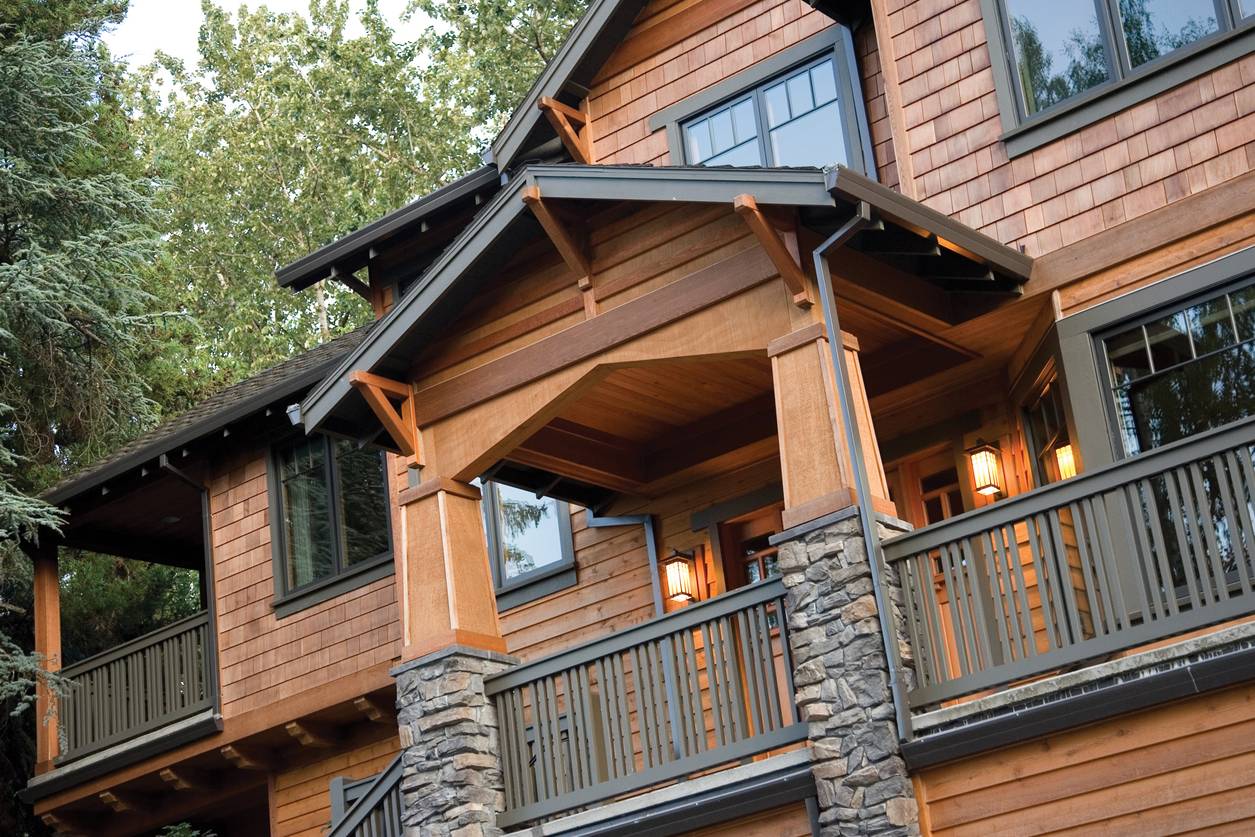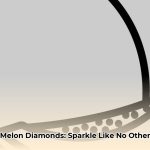Cedar siding offers timeless beauty and natural resilience, but at a price. Its warm hues and natural textures can significantly boost curb appeal and provide inherent insulation, but beware of the maintenance demands. This comprehensive guide explores the diverse world of cedar siding: from grades and styles to finishes, installation, and crucial cost considerations for 2024.
Choosing the Right Cedar Siding
Picking the perfect cedar siding involves carefully considering the type of wood, your preferred style, and, of course, your budget. This section breaks down the key factors to guide your decision.
Cedar Species: Unveiling the Variety
Not all cedar is created equal. Each species boasts unique characteristics in color, grain, and durability, impacting your home’s appearance and longevity. Three popular options include:
-
Eastern White Cedar: Arguably the most prevalent type, Eastern white cedar exhibits a light color and fine grain, providing a clean, classic aesthetic. It’s often chosen for its affordability and versatility.
-
Western Red Cedar: For a richer, darker tone, Western red cedar might be your pick. Its prominent grain and reputed resistance to rot and insects often justify its slightly higher price point.
-
Alaskan Yellow Cedar: Considered the premium choice, Alaskan yellow cedar offers exceptional durability and a striking golden-yellow hue. Its dense, tight grain makes it highly resilient to harsh weather and pests.
Siding Styles: Defining Your Home’s Character
Once you’ve chosen your cedar species, it’s time to define your home’s aesthetic with the right siding style. Visualize your dream home and explore these popular options:
-
Lap Siding: The quintessential siding style, lap siding features horizontal boards overlapping each other, creating a timeless, clean-lined look that suits a variety of architectural designs.
-
Shingles: Smaller, rectangular cedar pieces arranged in a staggered pattern create a textured, dynamic surface, adding rustic charm and architectural interest.
-
Shakes: Thicker and wider than shingles, shakes boast a rugged, hand-split appearance. They evoke a distinctly rustic, almost cabin-like feel, perfect for adding character.
-
Board and Batten: This style utilizes vertical boards with narrow strips (battens) covering the seams. It creates a strong vertical emphasis, lending a modern or farmhouse aesthetic.
Decoding Cedar Siding Costs
One of the first questions homeowners ask is, “What’s the price tag?” Cedar siding costs can fluctuate significantly based on several key factors. The chosen cedar species (Alaskan yellow cedar often commands a premium), siding style (shakes can be more labor-intensive to install), and project complexity all play a role. On average, anticipate paying between $5 and $11 per square foot for materials alone. However, this is merely a starting point. Is cedar siding expensive? explores cost factors in greater detail.
Installation typically adds another $4 to $13 per square foot, bringing the total project cost to between $13,000 and $45,000 for an average-sized home. Remember, obtaining quotes from local contractors is essential for accurate budgeting. Factors like your home’s size and architectural details will heavily influence the final price.
Weighing the Pros and Cons of Cedar Siding
Like all building materials, cedar siding has its advantages and drawbacks. A balanced assessment helps determine if it’s the right fit for your needs.
Pros:
- Natural Beauty & Curb Appeal: Cedar’s natural warmth and character enhance any home’s exterior, offering timeless appeal.
- Durability & Rot Resistance: Thanks to natural oils, cedar resists rot, decay, and insect infestations, promising longevity. How long does cedar siding last on a home? delves deeper into lifespan considerations.
- Natural Insulation: Cedar inherently provides thermal insulation, potentially lowering energy bills and enhancing comfort. A cedar house can benefit significantly from this natural insulation.
- Customization Options: With varying grades, styles, and finishes, cedar offers extensive customization to match your individual taste and home’s architectural style. You can even bring the beauty of cedar indoors. Cedar inside house adds warmth and character to interior spaces.
- Eco-Friendliness: As a renewable and biodegradable resource, cedar aligns with sustainable building practices.
Cons:
- Cost: Cedar typically carries a higher upfront cost compared to vinyl or fiber cement siding.
- Maintenance: While relatively low-maintenance, cedar requires periodic cleaning, staining, and sealing to preserve its appearance and protective qualities. It can be susceptible to warping, splitting, and fading if neglected.
- Flammability: Untreated cedar presents a fire risk. Fire-retardant treatments are available and essential, especially in fire-prone areas.
- Availability: Depending on your location, certain cedar species might have limited availability.
Essential Cedar Siding Maintenance
Maintaining cedar siding’s beauty and extending its lifespan requires a proactive approach. Regular care protects your investment and keeps your home looking its best.
- Cleaning: Gentle cleaning with a mild soap and water solution, ideally once or twice a year, removes dirt and mildew. Use a pressure washer cautiously to avoid damaging the wood.
- Inspection: Regularly inspect your siding for damage like cracks, warping, or signs of pests. Early detection prevents bigger problems down the line.
- Staining/Sealing: Every few years, depending on your climate and the specific product used, reapply a sealant or stain. This safeguards the wood from harsh weather and maintains its rich color. Research suggests that newer finishes may extend the time between applications.
Installation: DIY or Professional?
Installing cedar siding can be a DIY endeavor for experienced carpenters. However, professional installation is often recommended, especially for complex projects or those lacking carpentry experience. Professionals ensure proper techniques and efficient completion.
The Future of Cedar Siding
Ongoing research continually seeks to enhance cedar siding’s durability, fire resistance, and sustainability. Scientists are exploring new treatments and coatings to further extend its lifespan and improve its resistance to the elements. Sustainable forestry practices also aim to ensure a responsible cedar supply for future generations. These ongoing developments promise continued improvements and innovations in the world of cedar siding.
Is Cedar Siding Good for a House?
Cedar siding presents a compelling blend of aesthetic charm, durability, and natural insulation, making it a desirable choice for many homeowners. Is cedar siding good for a house? explores these benefits further. It’s important to weigh these advantages against the higher initial cost and ongoing maintenance requirements to determine if cedar siding aligns with your priorities and budget. Cedar siding house offers additional insights into this popular exterior cladding option.
How Long Does Cedar Siding Last on a Home?
With proper care, cedar siding can last for 20 to 30 years, sometimes even exceeding 40 years. Factors influencing its lifespan include the quality of the wood, climate conditions, and maintenance practices. How long does cedar siding last on a home? discusses these factors in detail. Neglecting maintenance can significantly shorten its lifespan. Regular cleaning, staining, and sealing are crucial for maximizing its longevity and protecting your investment.
Is Cedar Siding Expensive?
Cedar siding generally costs more than alternatives like vinyl or fiber cement. Material prices range from $5 to $11 per square foot, and installation adds another $4 to $13 per square foot. Is cedar siding expensive? breaks down the various cost factors involved, including wood grade, siding style, and labor costs. While the upfront cost is higher, cedar’s durability and potential to increase a home’s value should be considered when evaluating its overall cost-effectiveness.
- Memorial Stones for Gardens: A Guide to Creating a Lasting Tribute - April 29, 2025
- Melon Cut Diamonds: A Comprehensive Guide - April 29, 2025
- MarketStreet Lynnfield Stores: A Complete Directory & Shopping Guide - April 29, 2025










